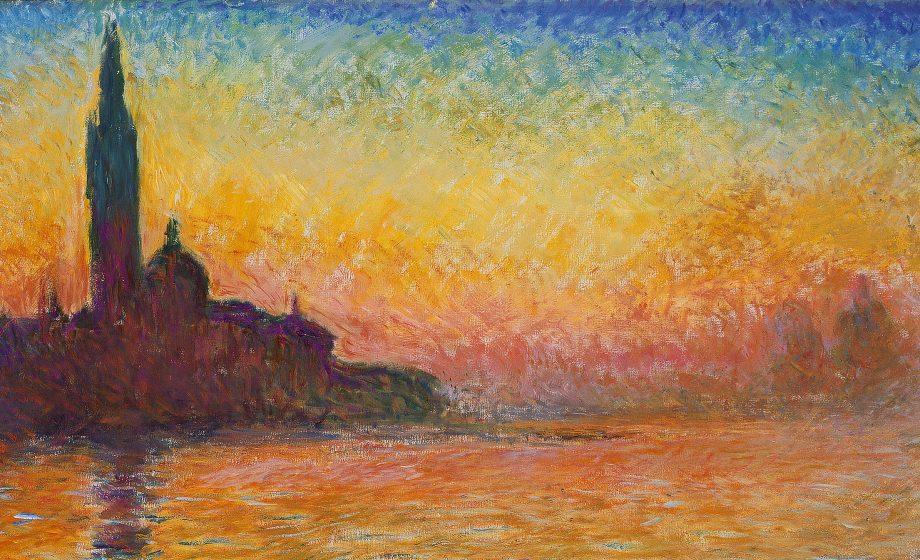Detail from Lyonel Feininger’s “Brücke II,” which according to a bipartisan Congressional investigation, was part of a successful multi-million dollar scheme by Russian oligarchs to launder money and evade sanctions through the American art market.
Reframing U.S. Policy on the Art Market Recommendations for Combatting Financial Crimes EXECUTIVE SUMMARY The $28.3 billion American art market is the largest unregulated market in the world, making it vulnerable to a wide range of financial crimes. This ongoing exemption from standard laws and oversight, which now cover all industries of comparable risk and size, is a documented and growing threat to our national security and integrity, as well as to the vast majority of legitimate collectors, dealers, auction houses, and museums. Unless and until the U.S. public and private sectors close these loopholes, they will leave wide open the world’s biggest economy to money launderers, artifact traffickers, drug smugglers, kleptocrats, oligarchs, terrorists, and the many other criminals proven to have exploited the art market’s weaknesses. The Antiquities Coalition’s nonpartisan think tank convened the Financial Crimes Task Force to explore solutions to this growing challenge and serve as an ongoing resource to policymakers. In this report, the Task Force puts forward its 44 recommendations for new policies, practices, and priorities that can be implemented by the U.S. government, art market, financial industry, and international community. These specific steps will help the American art market to protect itself from money laundering, terrorist financing, sanctions violations, tax evasion, fraud, forgery, and other related crimes.
EXECUTIVE SUMMARY
The Task Force, the first of its kind, is an interdisciplinary initiative uniting allies from the art, financial, and legal communities, as well as former law enforcement and government officials. In compiling this report, they drew from centuries of combined experience, dozens of interviews with outside experts and stakeholders, and extensive legal and scholarly research. Their work comes at a critical time. COVID-19 is presenting the art market, both licit and illicit, with new challenges and opportunities. The pandemic has shuttered brick and mortar establishments, inflicted unprecedented losses and layoffs, and may force many businesses and museums to close their doors forever. Yet, online sales and “art financing” are skyrocketing, auction prices continue to break records, and transactions may be increasing—as individual collectors and even museums are sadly forced to sell off their works for hard cash. Whether bad actors profit at the expense of legitimate businesses now hinges on how governments, law enforcement, and responsible market players rise to this occasion. As the world’s largest art market, making up forty four percent of the global total, the United States faces its own challenges and opportunities. We hope that these recommendations and accompanying resources, developed by leading experts over the last year and a half, will help to cement America’s standing as a leader in the fight against financial crimes. 1








